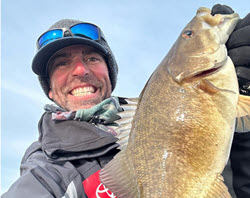
In previous columns, I’ve talked a lot about diving crankbaits. They are a great lure because they’ll catch fish that are hungry and they’ll also trigger bites from non-feeding fish. We discussed color, size and the importance of making your lures deflect off of something and change direction. That’s how you generate reaction strikes. In order to complete the circle, though, we need to discuss the proper rod, reel and line. Without that system in place, you can’t fully appreciate what a great lure a crankbait can be.
Let’s start with the rod. Crankbait rods are very different than most other rods you own and use, both in terms of action and material. That’s because these lures use treble hooks. You need your rod to be parabolic and forgiving, with a lot more flex. That means something whippier and flimsier than you use for flipping or a jig – maybe a 60/40 or 50/50 action. You still need backbone, but it has to have flex, too. My preferred lengths are anywhere from 6’6” to 7’6”, although most of my cranking sticks are 7’ or 7’3”. That’s my comfort zone.
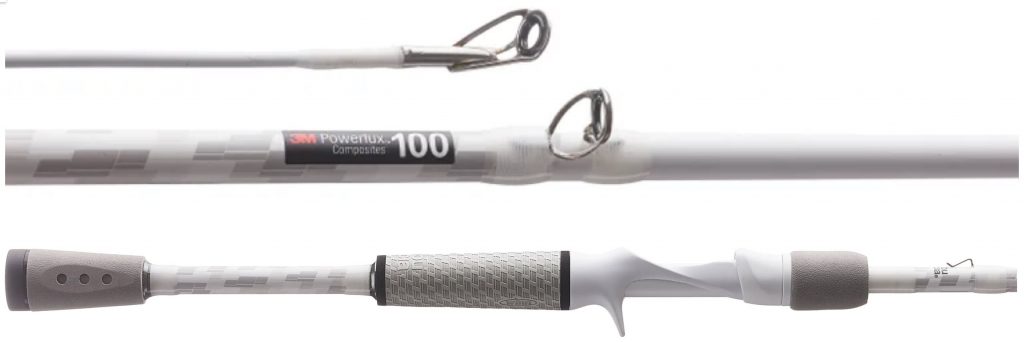
While most of my rods are graphite, this is the one time that I prefer a composite rod. What does that mean? It’s a mix of graphite and something else, in this case fiberglass. That’s what gives it the forgiving action. The reason you want it to be whippier is twofold. First, it’s for casting, especially with bigger plugs. Longer casts equal more depth, and that bending tip acts as a rubber band. The second reason is to let the fish eat the lure before you set the hook. I refer to this as “delay.” When you feel that bass, human nature is to pull. With a stiff rod, you’ll pull the lure away from him and miss a lot of fish. This way, you’ll still feel the bite but the rod takes longer to load, so the fish has time to engulf the lure.
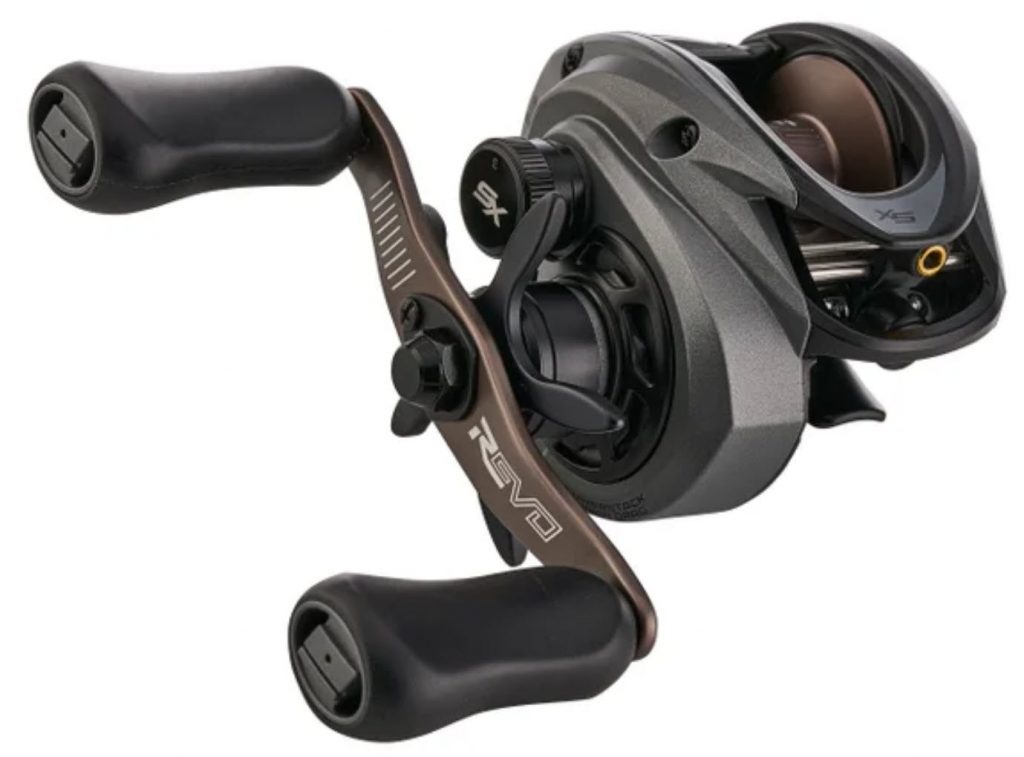
One last benefit of the soft tip is that you’ll land more fish. Bass don’t like being hooked, so they’ll jump and dive and shake their heads. With a stiff rod, they’ll get a lot of leverage to help them get off. When your tip is more forgiving, it absorbs those movements and keeps them pinned.
I prefer a low profile casting reel, and 90 percent of the time I don’t want to overwork the lure. That means a slower to medium retrieve rate, usually 5.4:1 to 7:1. I’m in love with a 6.6:1 or 6.8:1. That covers most of my cranking needs.
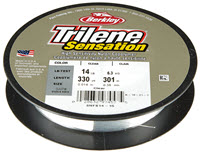
Your last consideration is line. As you probably know, there are three main choices – braid, monofilament and fluorocarbon. You can use all three, but I prefer mono or fluoro only. Remember what we said about delay? Braid has no stretch, and it’s not forgiving. You’ll lose too many fish. My basic rule is that if I want the bait to run shallower or stay higher in the water column, I’ll use mono. Usually that means 10 to 17 pound test. However, for probably 75 percent of my cranking I use fluoro. It’s got stretch, but not too much. Also, it’s invisible and highly abrasion-resistant. Finally, and perhaps most importantly, it’s dense so it sinks. That achieves greater depth and provides more action.
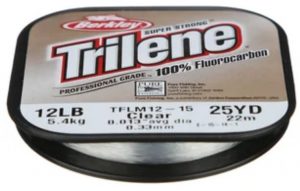
I hope that you’ve enjoyed this series. I promise you that if you pick the right tackle pieces it’ll make you a better crankbait fisherman. I’ve won a lot of tournaments using these lures, and putting together a system and gaining confidence in it will help you catch more bass as well.
___________________________
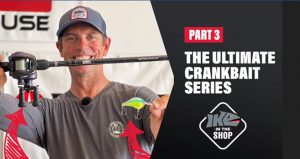
Like Ike on Facebook, and follow him on Instagram and TikTok for fishing and fun content.
Subscribe to Mike’s YouTube channel, to ensure you see every adventure video. (Download the YouTube app on your phone and the videos will come to you automatically.)
Return to Mike Iaconelli’s website
















